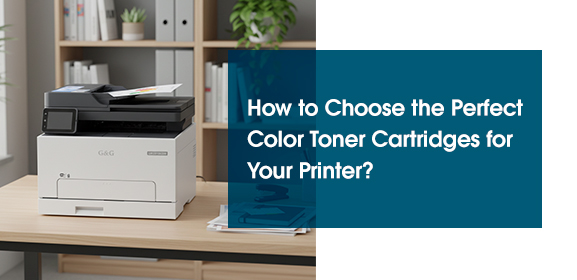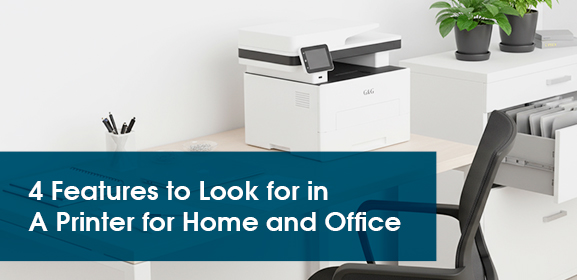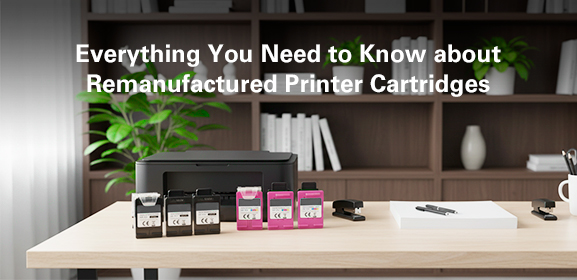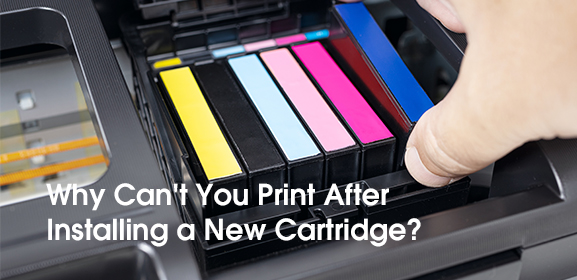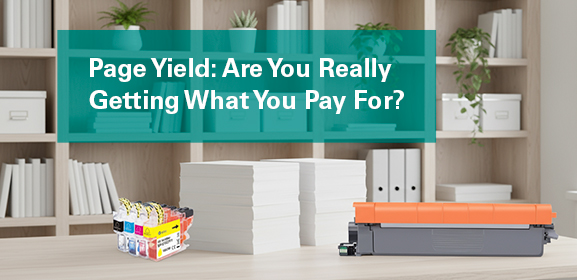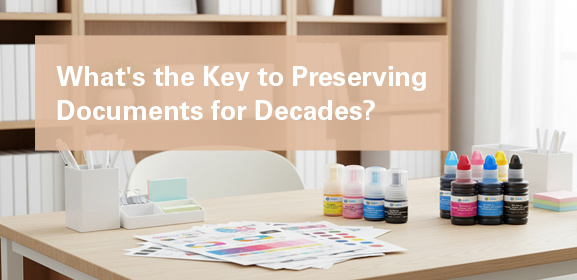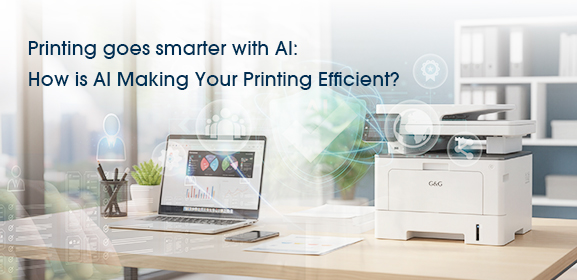-
Consumables
- Printers
- Industries
- Innovation
-
Partners
G&G Partner ProgramCo-Innovating Tomorrow Read More >
- About Us
-
Contact Us
If you're running a small office or warehouse, you've likely faced the challenge of tracking inventory, assets, or shipments efficiently. Barcode printing can revolutionize your operations, but selecting the right equipment from the myriad options available can be daunting. Having the right barcode printer ensures accurate tracking, saves time, and reduces errors—whether you're labeling products, managing inventory, or organizing shipments.
This guide cuts through the confusion to help you choose the perfect printer for your small office or warehouse environment. We'll explore the key technologies, compare different types of barcode label printing, and provide practical advice to match your specific needs—including how to think about cost, brand reliability, and why a provider like G&G might be your best bet for a balanced solution.
When it comes to barcode printing, most dedicated barcode printers use thermal technology, which comes in two main forms: direct thermal and thermal transfer. Understanding this difference is crucial because it affects label durability, printer maintenance, and your long-term costs.
Direct thermal printers use a heated printhead to create images directly on heat-sensitive paper without ink, toner, or ribbon. They're simple to maintain and cost-effective upfront, making them a popular choice for short-term applications like shipping labels or receipts where labels don't need to last more than a year.
However, direct thermal labels can fade over time if exposed to heat, light, or abrasion, so they're less ideal for permanent asset tracking or harsh warehouse conditions.
In contrast, thermal transfer printers use a heated printhead to melt wax or resin from a ribbon onto the label material, creating extremely durable, long-lasting images that withstand harsh environments, abrasion, and exposure to chemicals or weather. This makes them perfect for warehouse labels, asset tags, or product labels that need to remain scannable for years.
While thermal transfer printers have a higher upfront cost due to ribbon purchases, they offer superior durability and are more economical for high-volume barcode label printing in industrial settings.
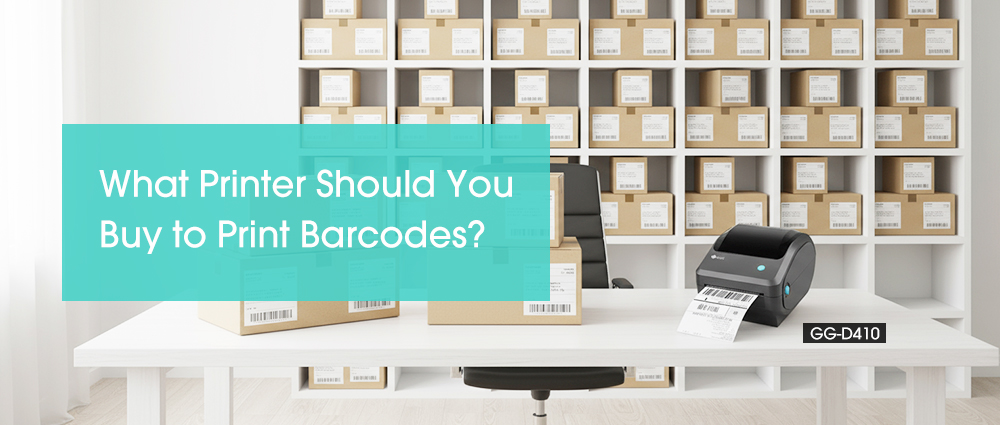
Selecting the best barcode label printer involves assessing your daily print volume, operational environment, and performance needs. These factors determine whether a desktop, industrial, or portable model is right for you.
For small offices with light to moderate barcode printing needs, a commercial-grade desktop thermal label printer is often sufficient. These models are compact, affordable, and fit well in office spaces without taking up much room.
However, if your warehouse operates 24/7 or has high print demands, an industrial barcode printer is worth the investment. Industrial printers are built with durable metal housing to withstand dust, moisture, and continuous use, ensuring they won't break down during critical operations.
Additionally, consider a portable label printer if your team needs to print labels on the go—for instance, in large warehouses or during onsite visits. These rugged, wireless devices withstand drops and harsh conditions while offering true mobility.
Don't overlook print speed and resolution either. If you have peak periods requiring rapid output, look for a printer with a higher print speed (measured in inches per second). For small labels with detailed graphics or text, a higher resolution (300 dpi) provides crisper, more scannable barcodes.
Also, ensure the printer supports a wide range of label sizes and materials—especially if you need flexible barcode label printing for various applications.
Beyond core functionality, factors like cost, brand reputation, and after-sales support play a huge role in your long-term satisfaction. Balancing upfront expenses with lifetime value ensures you get a reliable barcode and label printer that won't let you down.
When evaluating cost, think beyond the sticker price. A cheaper barcode printer might save money initially but could lead to higher maintenance costs or frequent replacements.Set a realistic budget that accounts for total cost of ownership, including supplies like labels and ribbons, as well as potential downtime.
Brand reliability is another key consideration. Established brands like G&G Image offer robust warranties, local service support, and proven durability—which matters when every printing hiccup disrupts your workflow.
GG-D410 Desktop Barcode Printer, for instance, are known for balancing cost with seamlessly performance, making them a smart choice for small offices and warehouses that need reliability without overspending.
Finally, prioritize manufacturers who provide comprehensive technical support and consumables. They can demo printers upfront, so you can test performance before committing. Whether you need a thermal label printer for basic tagging or an industrial barcode label printer for round-the-clock use, partnering with a responsive provider ensures your investment pays off for years to come.
Choosing the right printer to print barcode labels doesn't have to be overwhelming. By focusing on your daily volume, label durability needs, and operational environment, you can narrow down the options quickly. Whatever you decide, investing in a quality barcode printer from a trusted brand will streamline your tracking, reduce errors, and ultimately save you time and money. Start by assessing your current needs, but also think about future growth—the right printer should scale with your business.
